Weddings are celebrated in various customs, practices, and attire around the globe. The most important aspect of all weddings is the attire of the bride, which is colored differently with varying style based on cultural and territorial circumstances. Below is an overview of the way wedding colors vary throughout the world, and what an exquisite and multicultural bridal culture it is: Weddings in the world
1. Western Gowns in Western Cultures
White is the traditional wedding attire color in Western cultures symbolizing purity, innocence, and new life. Queen Victoria popularized the trend when she wore a white wedding gown to wed Prince Albert in 1840. The white wedding gown is prevalent in countries like the United States of America, the United Kingdom, and most of Europe today. The brides’ dresses feature delicate designs such as lace, satin, and beading and range from traditional ball dresses to mermaid-style fitted dresses.
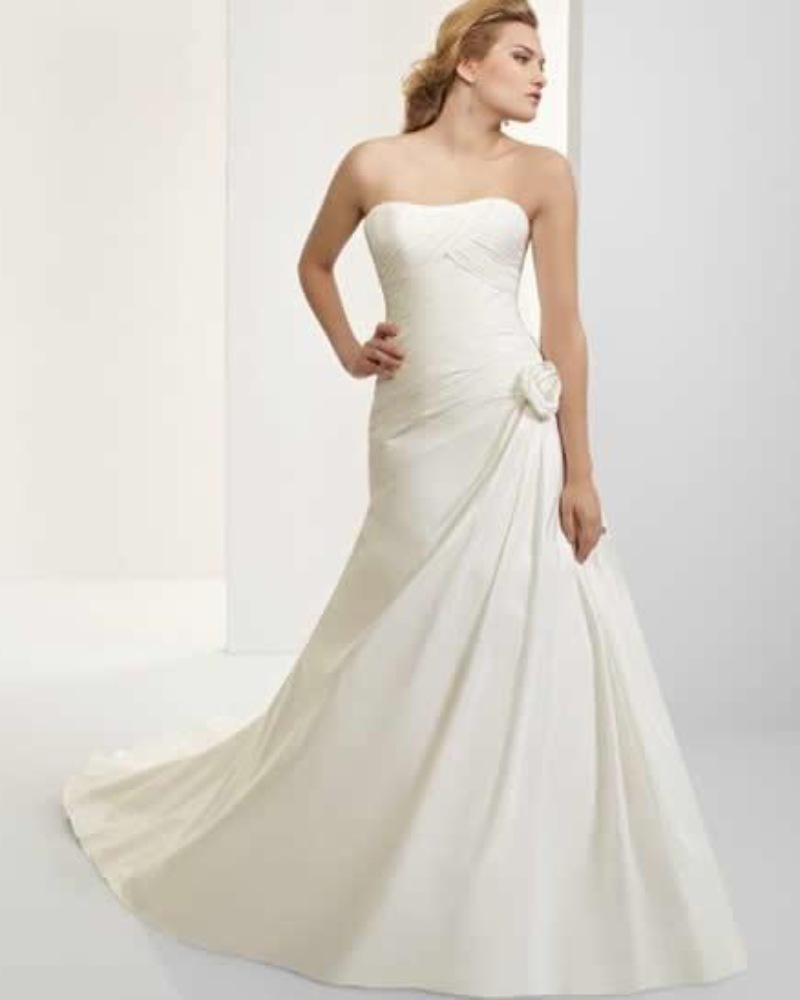
2. Red Wedding Gowns in China
Red is China’s traditional bridal wear color and is associated with prosperity, happiness, and good fortune. The bride wears the qipao or cheongsam close-fitting dresses that are typically made of silk with gold ornamentation on them. Red is considered to ward off evil spirits, with the color appearing in other wedding items such as decorations and cards. The traditional red wedding dress is worn by some brides in conjunction with the white Western wedding dress for the reception.
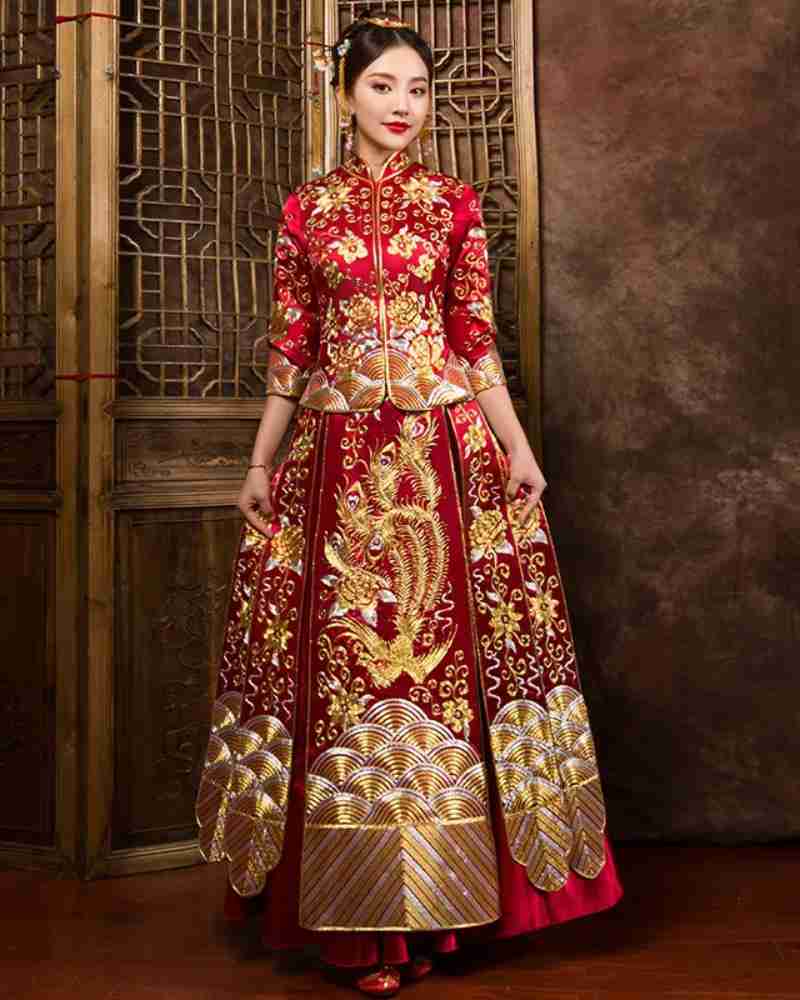
3. Colourful Saris in India
Indian brides are known to wear colorful, bright saris with red and gold the most popular ones. The sari is typically made of silk material that is heavily ornamented with embroidery, beads, and gems. Red is utilized as the symbol of fertility, prosperity, and marital bliss in Hindu weddings. Various regions in India have brides wearing green, yellow, or blue depending on regional customs and individual preference.
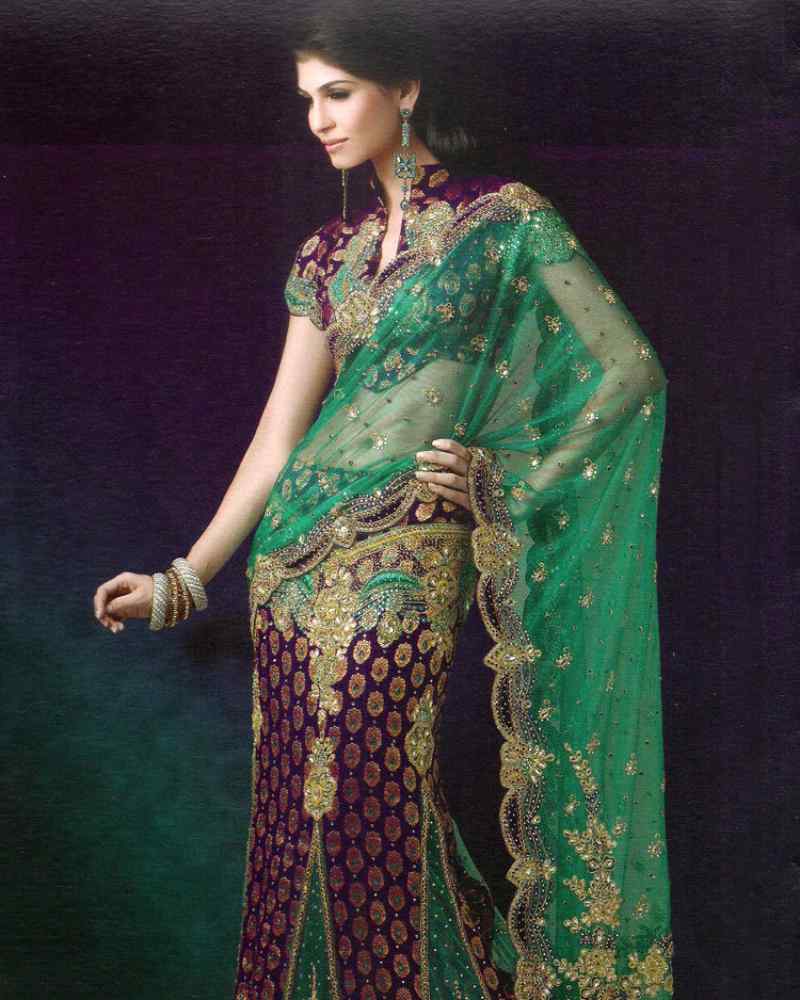
4. Regal Gowns in Japan
Japanese brides wear traditional pure-white shiromuku kimono to indicate that the bride will learn to fit in with new family life. The kimono is worn traditionally with an enormous headpiece called tsunokakushi which represents new life and humility. A few Japanese brides do choose to wear an alternate kimono for the reception which is an iro-uchikake kimono in bright colors in order to add some color to the party.
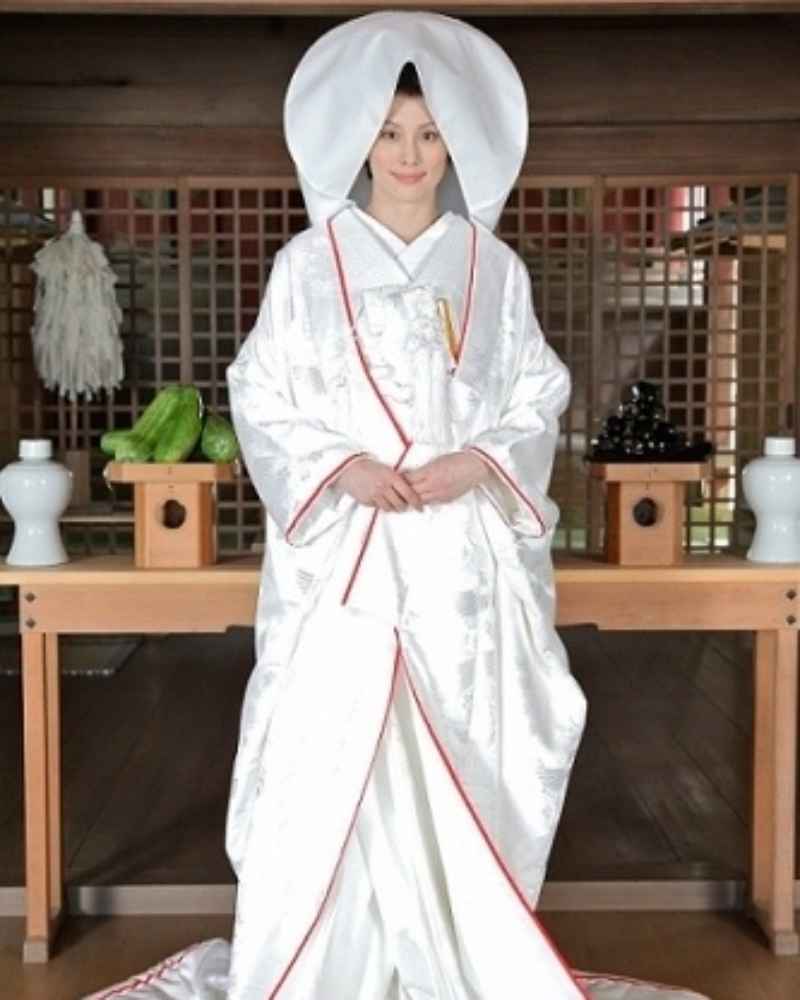
5. Modest clothing in the Middle East
Wedding gowns in the majority of the Middle Eastern countries are modest yet formal, long-sleeved, high-necked, full-skirted, and occasionally beaded on the sleeves. Though white is also favored there, brides occasionally wear gowns of different colors such as gold or cream. The gowns are typically embroidered, beaded with intricate work, and occasionally sequined all over. A few brides wear matching hijab or veil in addition to the gown.
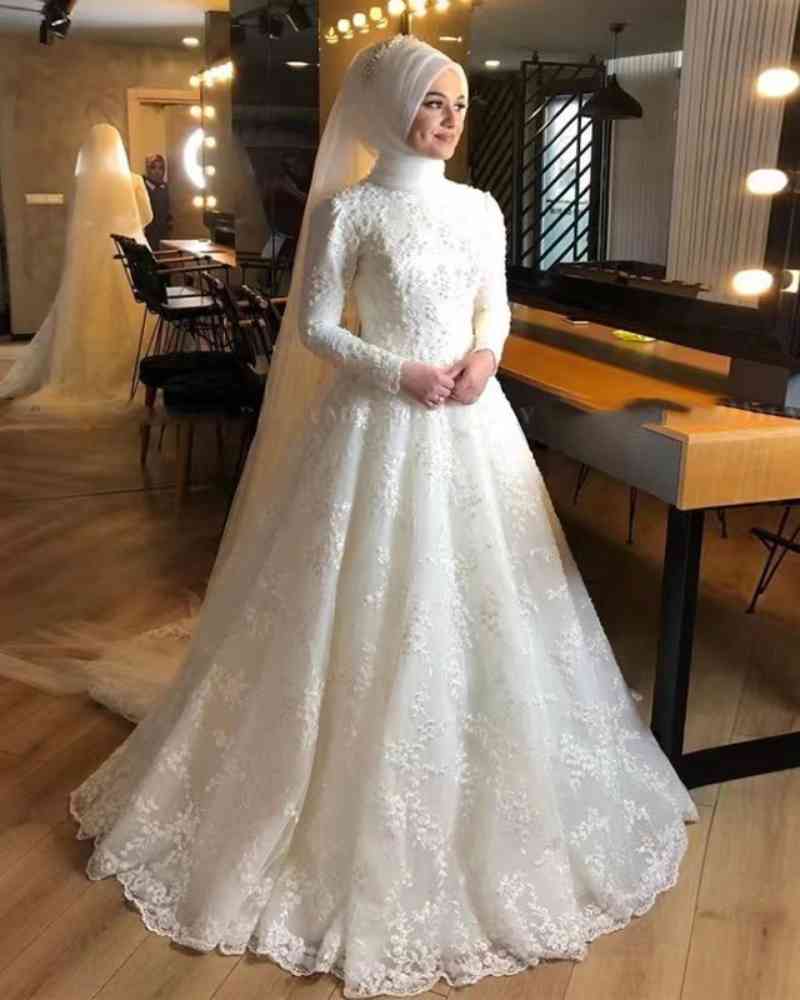
6. Patterns in Africa
A pattern is African wedding attire is characterized by bright and bold colors as well as prints. The brides of Nigeria wear aso ebi, which is traditional attire that is produced using extremely patterned material such as lace or ankara. The pattern as well as the color is chosen in order to symbolize the couple’s as well as the wedding theme’s origins. Head wraps, beaded necklaces, and bracelets form an integral component of the attire of the bride.
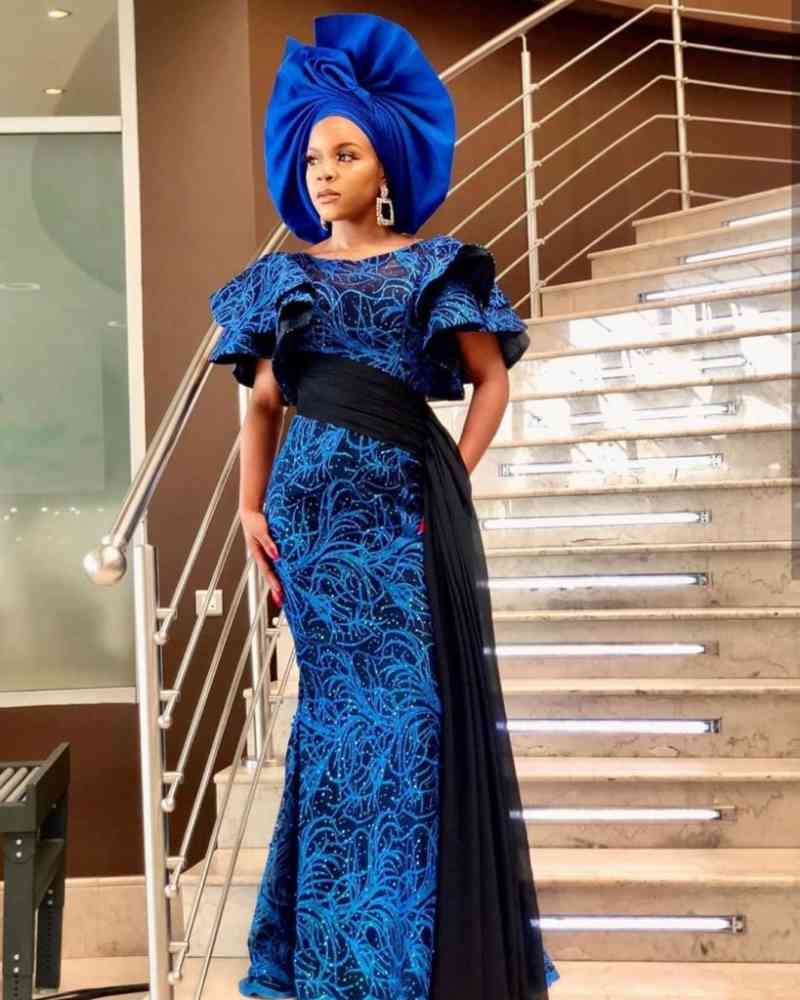
The diversity of wedding dresses in the world reflects the enormous cultural diversity as well as the deeply rooted conventions that make each of these weddings unique in its own way. The Western white wedding dress contrasts with the colorful Indian sari and the traditional kimonos seen in Japan, but each is unique with its own history to be told and meaning to be achieved. Whether custom, religion, or individual preference determines them, brides’ choices of wedding dresses are an affirmation of, as well as an expression of, culture as well as individual identity.